During the Second World War, millions of Jews faced brutal genocide on the part of the Nazis. All over Europe occupied by Germans and in some European colonial territories, the Jewish people were subjected to discrimination, persecution, forced labor, deportation, interment and murders.
Since those times, people have been trying to understand how such atrocities could take place on such a large scale. Many people claimed, including the writer and survivor of Auschwitz, Elie Wiesel, that it was indifference that enabled the Nazis to carry out their plan. Wiesel said very well in one of his works: “The opposite of love is not hatred, but indifference”.
While the Nazis and their supporters were committing their crimes against the humanity, many people preferred to distance from what was happening. But at the same time there were those who risked their lives in order to protect their Jewish brothers and sisters. We have collected for you several stories of the Muslims, who were not indifferent to the misery of strangers, trying to do everything they could do in order to protect them from death. Those people were not stopped even by the fear to be caught by the Nazis, which meant only cruel and terrifying death.
Si Ali Sakkat
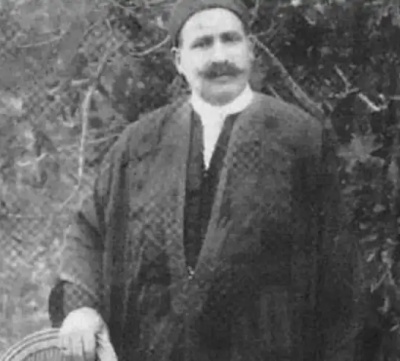
Si Ali Sakkat held positions of a government minister and mayor of Tunis. Between 1940 and 1943 many regions of North Africa under the French colonial rule were controlled by the enemies. At that time, Sakkat had been already retired and lived on his family farm in Jebel Zaghouan. There was a forced labor camp near Sakkat’s farm. The Jews were sent to work repairing an airfield, which was regularly bombed by Allies.
One night, during an especially heavy battle, some of the forced laborers were able to escape. Sixty Jews reached Si Ali Sakkat’s farm and knocked on his door in search of refuge and escape from Nazi onslaught. He hid them and gave shelter and food until North Africa was liberated from enemy domination.
Khaled Abdul-Wahab
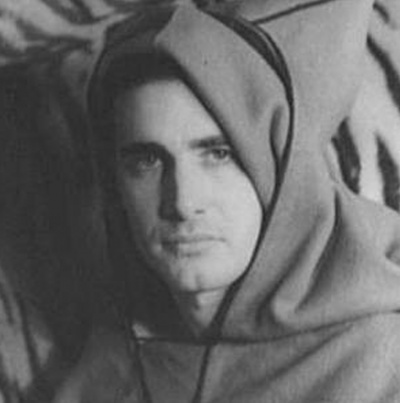
Khaled Abdul-Wahab was from a rich aristocratic family and studied architecture in New York. During the war, he was an interlocutor between the Nazis and the population of the coastal town of Mahdia.
When he overheard that German officers were going to rape a local Jewish woman, he went to her family, the Boukhris family, their neighbors, the Outzan family, and to twenty-five other people, and took them to his family farm, providing each of them with a separate room. None of the farm-hands gave their boss away and told that the Jews lived there. It allowed them to stay at Wahab’s until the end of the occupation. Later, all the families returned to their houses.
In North Africa, Arabs were happy to welcome Jews into their homes, guarded their property so that the Germans were not able to confiscate them, shared their rations and warned Jewish leaders about upcoming SS raids.
Moroccan Sultan Mohammed V and Tunisian Bey Mohammed VII Al-Munsif successfully opposed the efforts of fascist France to introduce anti-Jewish legislation and provided moral support and sometimes practical assistance to Jewish subjects.
Abdol Hossein Sardari
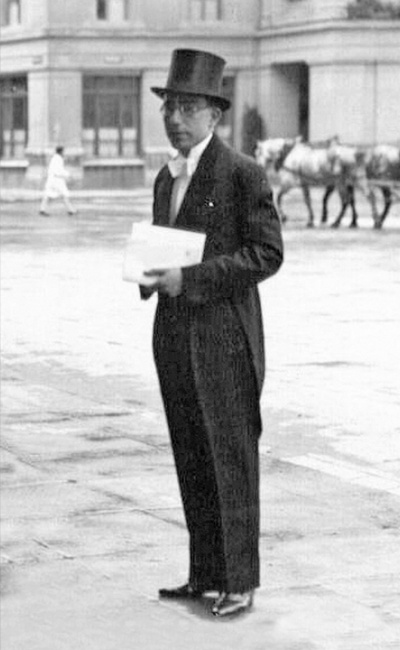
Abdol Hossein Sardari served as an Iranian diplomat in Paris during the Second World War. At that time, there was a significant community of Iranian Jews in Paris.
Nazis Germany had declared all Iranians immune to all Nuremberg Laws (the laws that institutionalized racial theories of Nazi ideology) since 1936 as they were “pure-blooded Aryans”.
Without asking for permission of the Iranian government, Sardari issued Iranian passports for non-Iranian Jews. Later his actions were confirmed by the Iranian government and he was attributed the rescue of thousands of Jews in Paris.
Mohammed Helmy
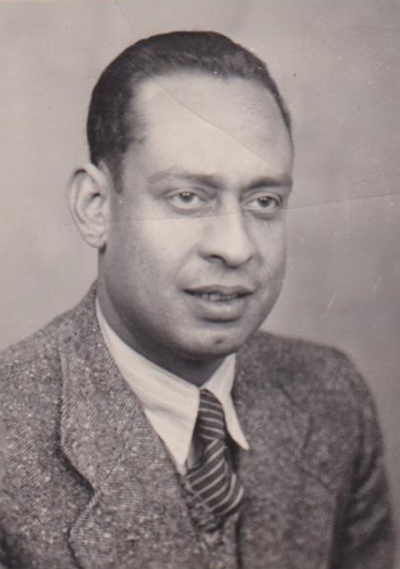
Mohammed Helmy worked as a doctor at a hospital in Berlin. After Hitler came to power, he witnessed mass dismissals of Jewish specialists from the hospital.
According to Nazi racial laws, Helmy was “Hamit” – in honor of Hama, Noah’s son in the Old Testament. “Hamits” were non-Aryans, so they were subjected to massive and violent persecution. Thus, in 1938 Helmy was fired from the hospital. However, he continued to secretly practice medicine.
Helmy had been arrested twice since the beginning of the Second World War. But the Egyptian embassy managed to secure early release due to Helmi's poor health, provided that he appeared twice a day to the police and every four weeks gave evidence that he was not fit to be detained because of his poor physical health.
After his release, Helmy was sent to practice with Dr. Johannes Vedekind in Charlottenburg. While there, he prescribed sick leave for foreign workers to help them return home.
At the time the deportations of Berlin Jews began, Helmy’s Jewish patient Anna Boros needed shelter. Despite the fact that he himself was the target of the Nazi regime, Helmy hid Boros until the very end of the war. He received the certificate from the Central Islamic Institute in Berlin, stating that Boros had converted Islam and also arranged for a marriage certificate to be issued stating that she was married to an Egyptian.
King of Albania Zogu
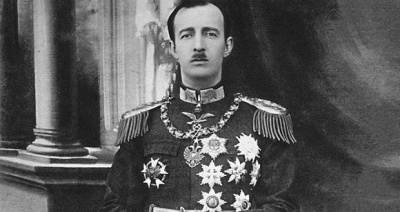
In March of the year 1938, before the beginning of the World War II, King Zogu opened the borders of Albania to numerous streams of Jewish refugees fleeing Nazi persecution all over Europe and provided hundreds of people with shelter before being himself overthrown by Italian fascists in April of that year.
At the end of 1938, Albania was the only country in Europe, which continued to grant visas to the Jewish people through its embassy in Berlin.
Throughout the war, almost 2 000 Jews found refuge in Albania.
Arslan Reznik
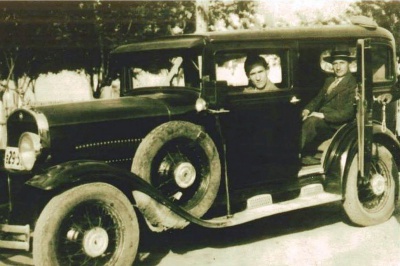
Arslan Reznik was a grocer by profession and quite often went to Macedonia for fruit and vegetables.
Ethnic Albanians in Macedonia reported that their Jewish neighbors were in danger. Reznik began transporting Jews from Macedonia to Deçan, near Kosovo. He built a house in his garden in order to shelter all refugees. His neighbors knew about it but they never thought about giving him away. He also arranged for Jews to be received by families who lived in small mountain villages outside Deçan.
Lime Balla
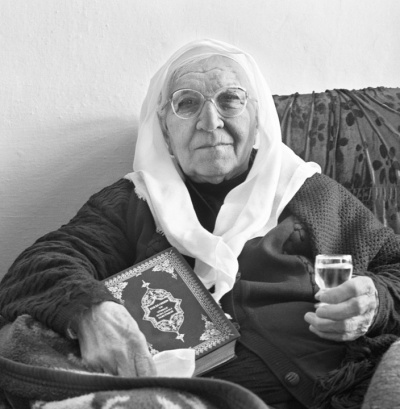
Lime Balla lived in the village of Shengjergji. Once, seventeen Jewish refugees came to that village in an attempt to escape the Nazi persecution. Lime and her husband Destan took in three brothers. Despite their own poverty, the Balla family never left them hungry. “We grew vegetables in our garden so we all had plenty to eat. The Jews were sheltered in our village for fifteen months. We dressed them all as farmers, like us. We all, the residents of our village, were Muslims. We were sheltering God's children under our roof”, Lime Balla remembered later.
Nuro Hodja
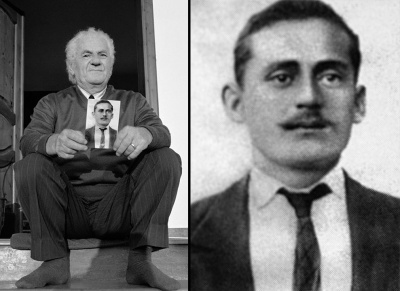
Nuro Hodja was a teacher from the coastal area of Vlora. When the Nazis came from Greece, Jews immediately went underground. Hodja sheltered four families. Nuro’s son remembered his father’s words: “Now we are one family. My sons and I will protect you from danger at the cost of our lives”. Nuro Hodja’s son himself was responsible for delivering food to the families and buying necessary clothes.
Zeyneba Hardaga
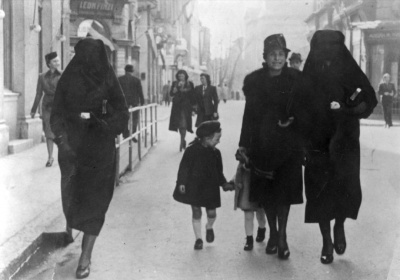
During the German invasion of Yugoslavia in 1941, Zeyneba Hardaga lived in Sarajevo with her husband Mustafa and children. They lived not so far from the pipe factory run by the Jewish family Kabilo. Right after the Nazi ideology was established as a state ideology during one of the bombings the Kabilo’s house was destroyed. Left homeless, they were taken to their home by the Hardaga family.
Once, Joseph Kabilo was caught trying to escape with his family to the relatively safe town of Mostar. The Nazis did not manage to deport him because of the heavy snowfall. They forced him and other prisoners to work in chains to clear roads of snow. When Zeyneba saw the prisoners, she recognized Josef and risked her life to bring him and the other prisoners food.
While in prison, Joseph got sick but soon he managed to escape and return to the Hardaga’s house, where he stayed until his full recovery. After that he fled to his family to Mostar.
After the war the Kabilos returned to the Hardagas and lived there until they were able to get on their feet again.
Ilmira Gafiyatullina
Photo: ilmfeed.com
Photo in slider: Michael Pace / Pixabay
